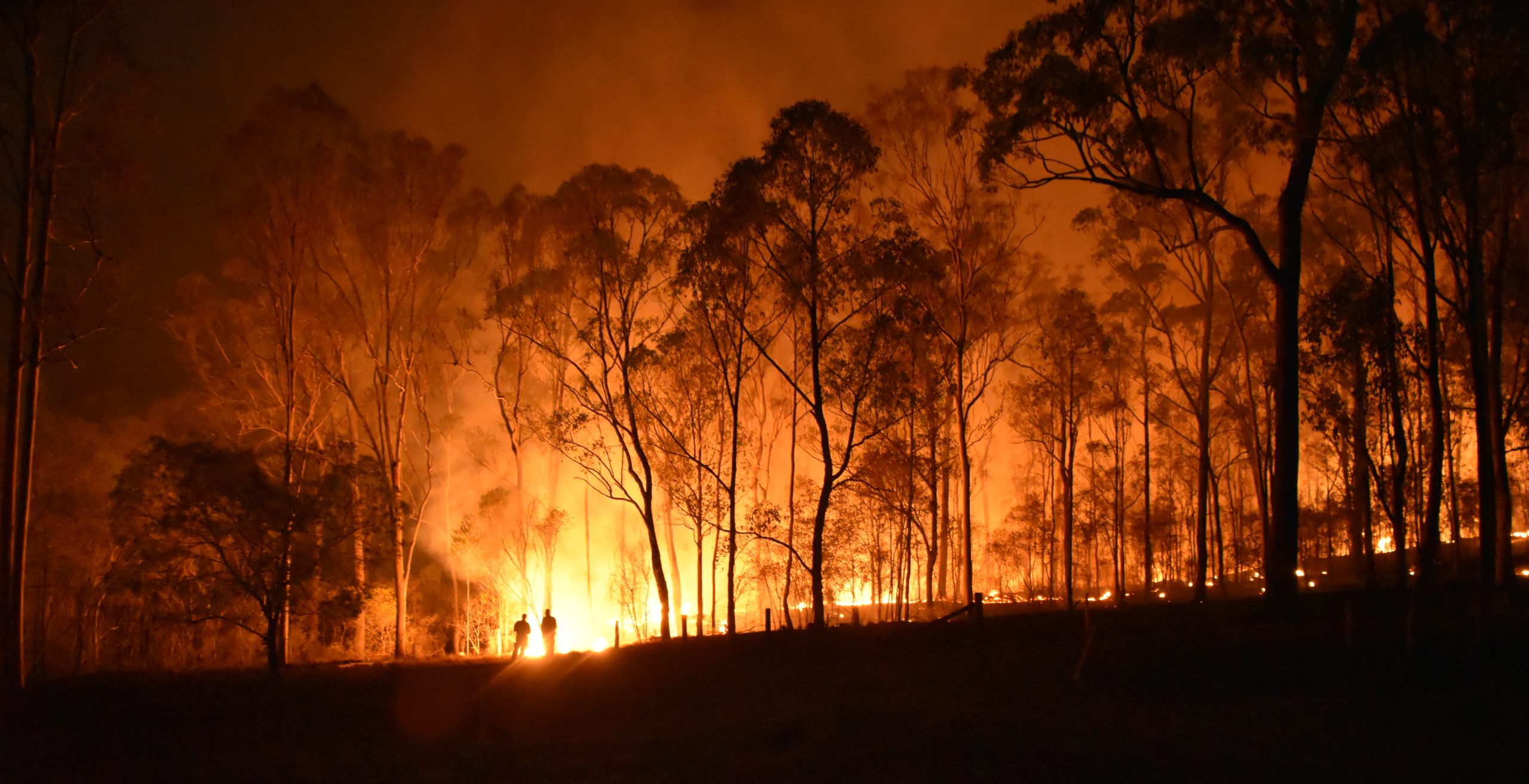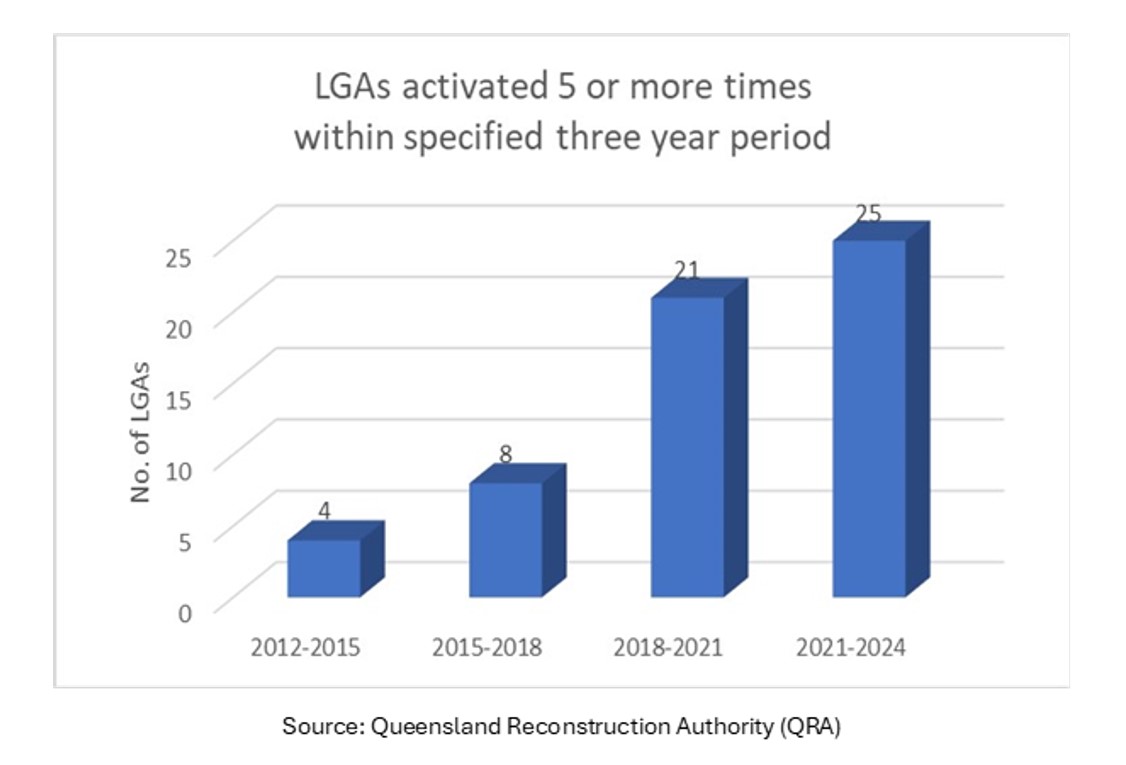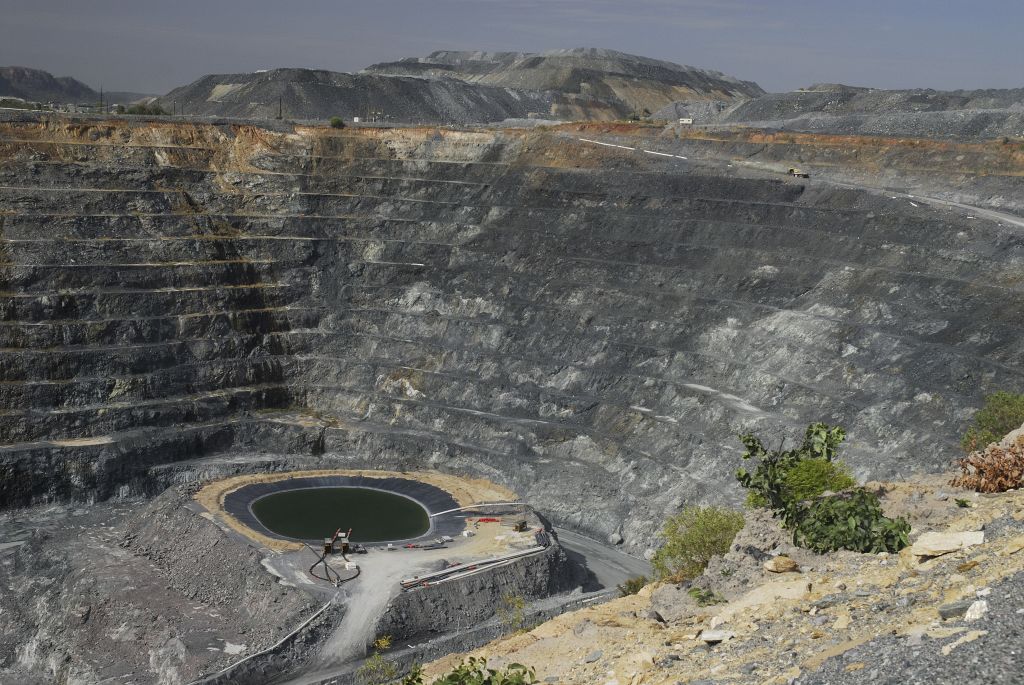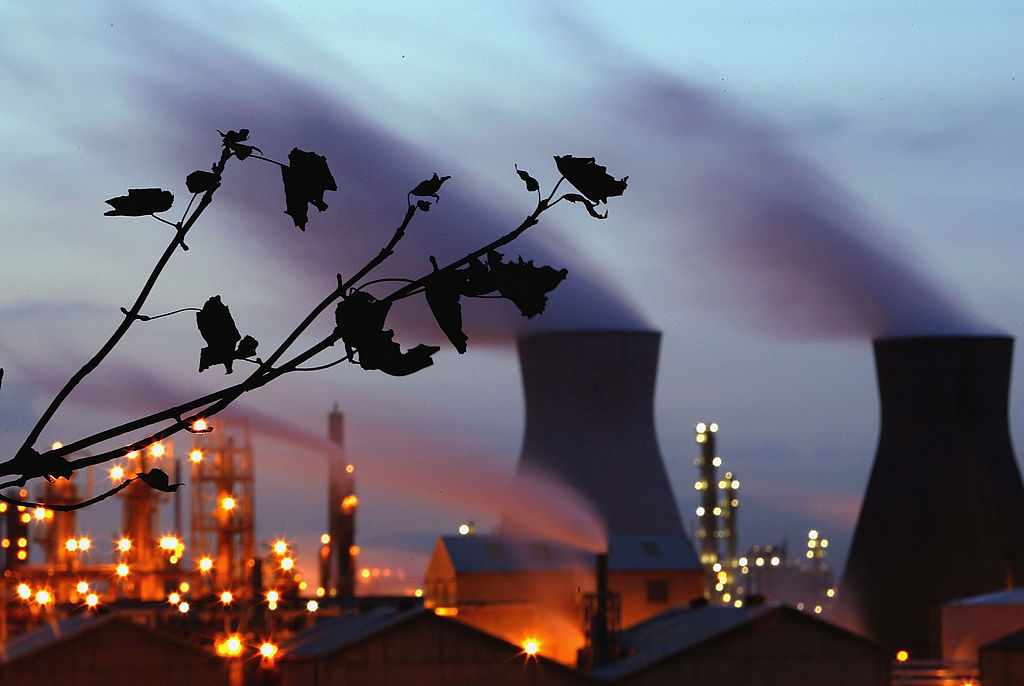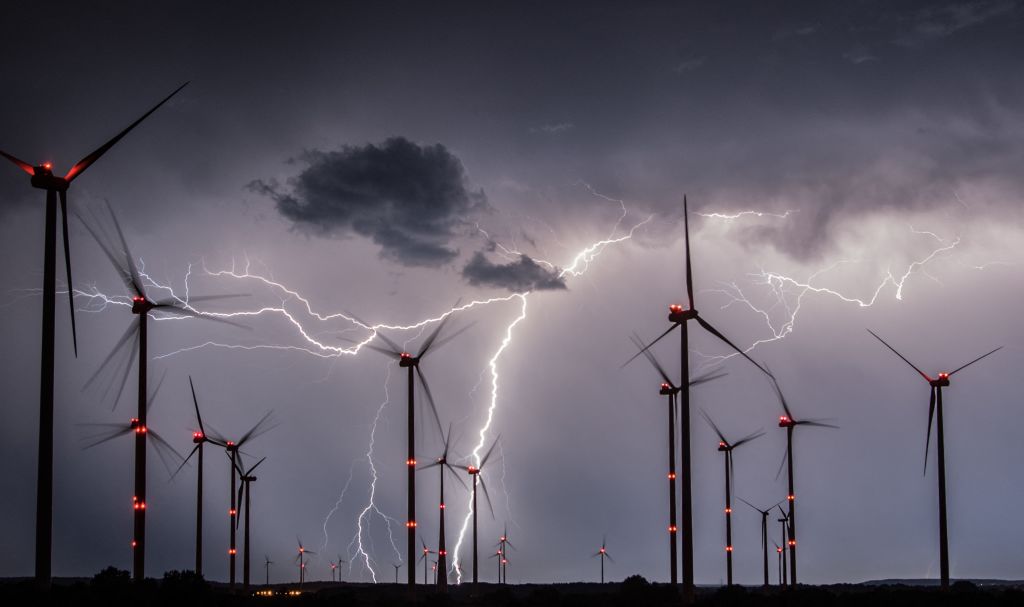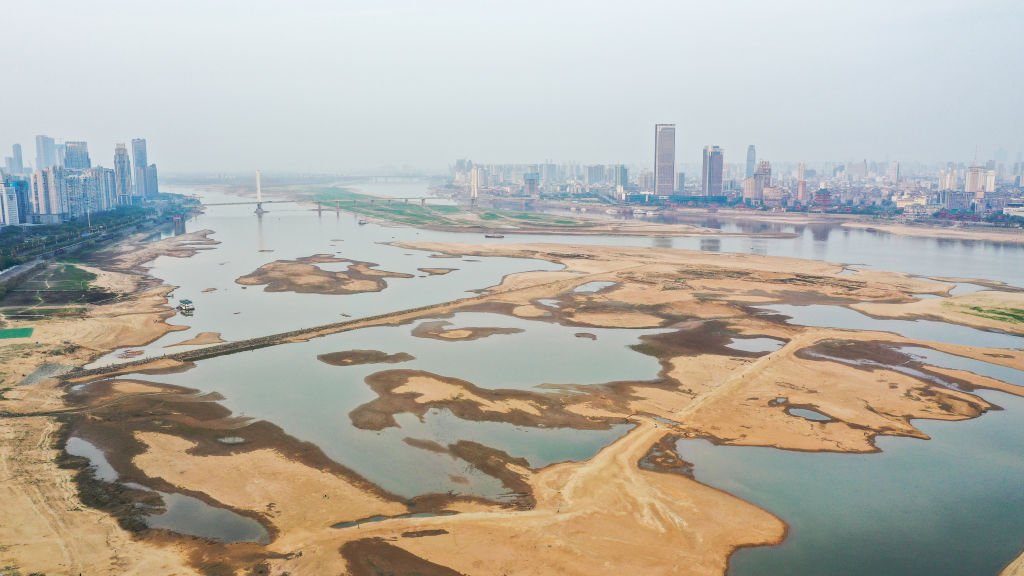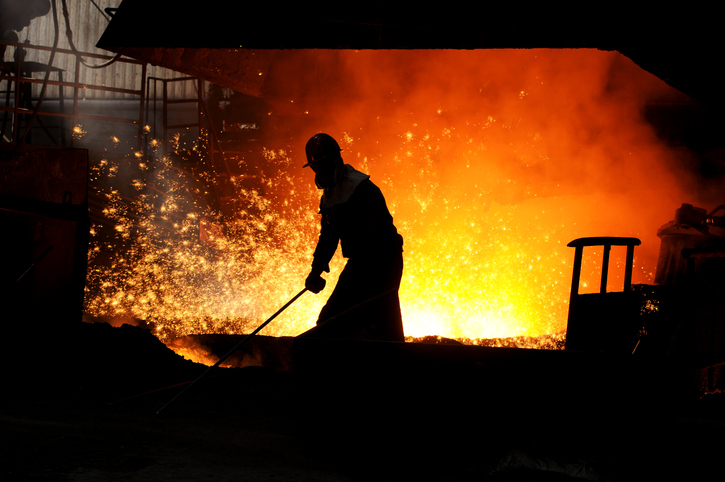
In August, Environment Minister Tanya Plibersek signed off on a 50-year extension to the permit for the Gregory Crinum coal mine, 60 kilometres northeast of Emerald in Central Queensland.
This decision provoked outrage from climate campaigners and some high-profile parliamentarians. ‘There can be no new coal mines if we are to avoid dangerous climate change,’ said the Australia Institute.
But what would denying the permit achieve?
Global coal production is 8 gigatonnes (8 billion tonnes) annually. The three broad purposes are energy generation (5.3 Gt), steelmaking (1.1 Gt) and other industrial uses (1.6 Gt).
The Gregory Crinum mine produces metallurgical coal used in steelmaking.
Globally, steel production in 2022 was 1.9 Gt. The world may be near peak steel, but production will remain at around 1.5–2.0 Gt for many years. Its principal uses are in construction, mechanical equipment and the automotive industry. Considerable amounts of steel are also used in the construction of giant wind turbines for producing renewable energy.
There are no easy low-emission substitutes. Cement in construction also uses coal, has high emissions and is hard to abate.
About 30% of steel is produced through the lower emission electric arc furnace method. This method requires scrap as the principal feedstock. Scrap recycling rates are already high, and steel is durable. The life cycle of steel products determines scrap supply.
The other 70% (1.4 Gt) is produced by the blast furnace – basic oxygen furnace route. This method uses about 0.8 tonnes of coal for every tonne of crude steel produced.
The coal has three functions in this process. It provides carbon to the chemical reactions that reduce the iron ore to hot liquid metal, it generates heat to drive this reaction, and in the blast furnace a modified form of coal (coke) provides a porous structure that allows reactants to mix, gases to escape and hot metal to drain to the tap at the base.
What about ‘green’ steel? The most advanced project of scale is Boden in Sweden, where a consortium is raising €5 billion to build a plant targeting 5 million tonnes annually in 2030. It broke ground in 2022. If it succeeds, it will supply 0.3% of the global steel market in 2030.
In 2022, the International Energy Agency concluded: ‘Steel production will remain coal-based in the medium term. Other promising technological approaches, such as hydrogen-based steelmaking, are not yet available on the scale and at the cost required and are not expected in the coming years.’
Decarbonising the steel industry will require new technologies to be commercially proven and deployed on a vast scale. This will require stupendous levels of capital investment—trillions, not billions of dollars. It will take decades. And it will require massive Asian participation.
Of the 1.9 Gt of steel produced in the world, 1.4 Gt is produced in Asia—1 Gt in China alone. China produces 90% of its crude steel via the blast furnace method. A transition to green steel will be centred in Asia.
But Asia also burns more than 5 Gt of coal for power generation and other industrial uses. The technological and commercial maturity of green power generation is far ahead of green steelmaking. Capital availability for decarbonisation is finite, and choices must be made. A dollar spent in Asia transitioning to green energy will buy far more CO2 abatement, far sooner, than a dollar spent on green steel.
Unfortunately, in Asia generally (and in China and India in particular), this is still trending the wrong way. Yes, China is massively spending on renewable energy generation capacity. But China and India are also adding new coal-based power generation plants and opening gigantic new coal mines to feed them. The IEA forecasts that India will add 128 million tonnes (more than 20 Erarings) to its coal production in the three years to 2025. Any electricity-based steel production will be tied to a coal-dominated grid unless this changes.
The bottom line is that the world needs Asia to prioritise the energy transition over green steel. It’s pointless for Australia to try to accelerate steel decarbonisation by denying coal to Asian producers. They will procure lower quality, higher emissions metallurgical coal from elsewhere.
Australia exported an estimated 335 million tonnes of coal in 2022–23. Coal exports are typically split 60:40 by volume between Queensland and New South Wales. But Queensland’s exports are about 75% metallurgical coal and 25% thermal coal (and some thermal coal is a by-product of metallurgical coal). New South Wales is about 20% metallurgical and 80% thermal.
Simplistically, New South Wales is the thermal coal state and Queensland is the metallurgical coal state.
The main metallurgical coal district starts around the Tropic of Capricorn, near Blackwater, and strikes north. This part of central north Queensland has a thriving regional economy that includes agriculture, tourism and the coal industry, which provides high-wage employment and entrepreneurial opportunities to non-university graduates outside Australia’s main capital cities. The value of this to social harmony and the health of our democracy shouldn’t be lightly dismissed.
But let’s take the ‘shut it down’ position to its logical conclusion. Australia exported 884 million tonnes of iron ore in 2022—almost all from just north of the Tropic of Capricorn. It takes 1.6 tonnes of iron ore to produce 1 tonne of crude steel. Of necessity, our iron ore customers must consume 450 million tonnes of coal in their furnaces. Do we start shutting that down, too?
That would mean denuding northern Australia of its major industries, depleting its population and infrastructure (not unimportant defence considerations), devaluing employees and their communities, gifting lucrative rents to extant producers, and denying our mineral resources to irritated customers who will settle for lower quality from elsewhere.
Australia has much to contribute to the global energy transition. There’s a lot we can do at home and much value we can export. But we should avoid becoming a major producer of magical thinking. There’s no demand for it from our customers, many of whom are key strategic partners.
Which brings us back to the beginning. Australia is a democracy. People are understandably concerned. Debate on the effects of Australia’s coal exports is unavoidable. But to assess the efficacy of Australian policy choices, we need to understand the industry’s geography, socioeconomic structure, products and end uses—and its end users.

